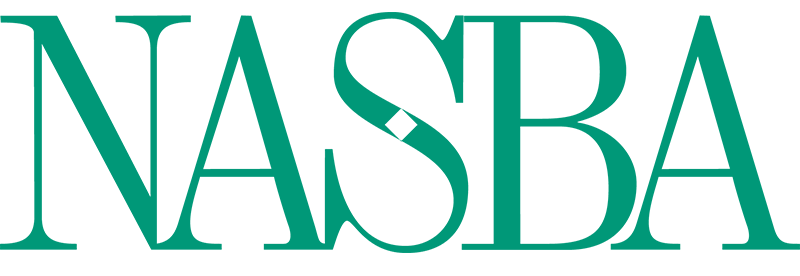CPE Monitor Newsletters
Lainey Feingold, Esq.: Inclusive Continuing Education for Sponsors and CPAs
Jan 01, 2022NASBA’s National Registry team was pleased to have Lainey Feingold, Esq., of the Law Office of Lainey Feingold, present during this year’s National Registry eSummit. Feingold is an expert in digital accessibility. But, what does that mean? Digital accessibility means that people with disabilities can interact with online content and participate independently in digital programs. Without this in place, CPAs with disabilities are excluded from CPE sponsor programs. Essentially, accessibility means inclusion.
Feingold’s session provided attendees with practical information, including best practices and a legal framework, to ensure that programs are accessible to a wide range of people, including people with disabilities. One of her key takeaways is that when it comes to the idea of inclusion and technology, there is always a human element. When it comes to digital accessibility, it is tech and content that works for everyone and an aspect of privacy and security as well as diversity and inclusion.
There are many advantages to including accessibility features into your content. These additions include videos that have captions and transcripts, sign language, visual content with an audio component, sufficient color contrast, no flashing content, and navigable with a screen reader and without a mouse.
Feingold also emphasized the idea that laws need implementation. She stated that “just like civil rights are good ideas, they have to be baked into laws. Laws are good ideas, but they have to be enforced.” Feingold used the analogy of an unbaked blueberry muffin, which is the premier food analogy in the digital accessibility world. The analogy is you cannot put in the blueberries after the muffin is baked. As with digital accessibility, you cannot think of it at the end. Rather, it must be part of your thinking from the very inception of your courses, programs, or purchases. 
The roles that make accessibility work include design, development, communications and content creators, purchasers, program moderators and technical support, executives, management, customer support, trainers and automated and manual testing. In addition, the culture that makes accessibility work is one with transparency, inclusion, disability self-ID, a welcoming nature, and champion recognition.
So, how can providers get started? Begin by engaging disabled people, understand features of the tools you currently use, spend time without your mouse or trackpad, and install free tools. Feingold recommends visiting W3.org/wai for more information on digital accessibility.


Add a Comment
Recent Comments